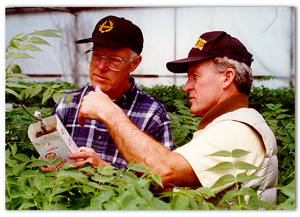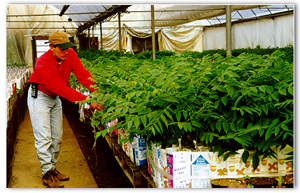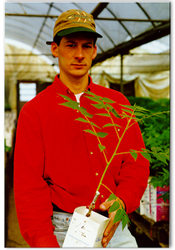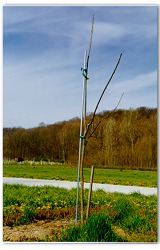Mr. O'Bryan has grafted and supervised the grafting of more black walnut cultivars than anyone in the business. His ability to bring all the necessary ingredients of successful grafting together is unparalleled.
Although grafting black walnut is problematic and costly, the years of Dr. Beineke and Norm O'Bryan working together have paid off with viable Trees.



